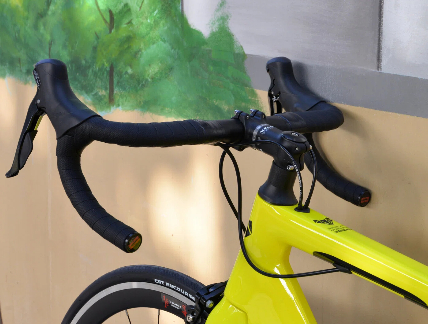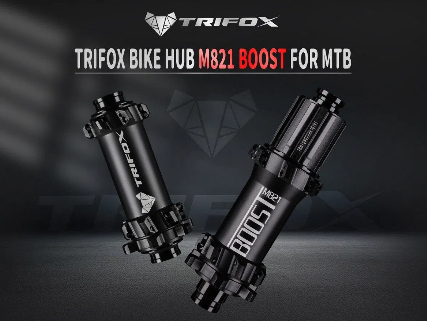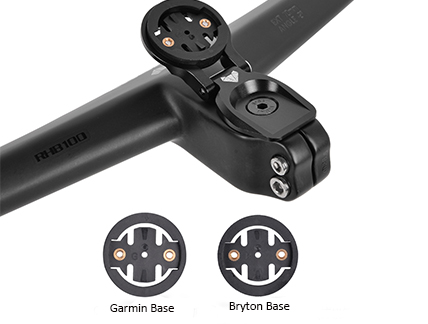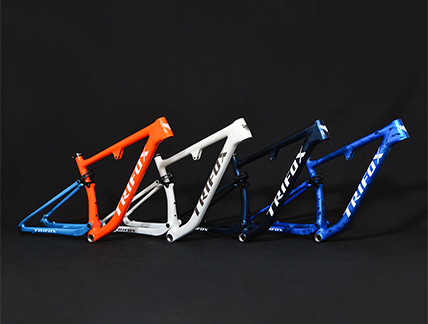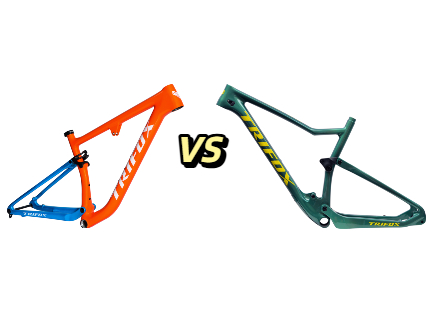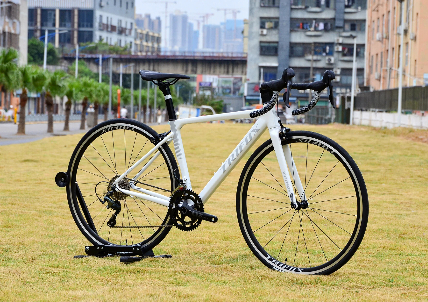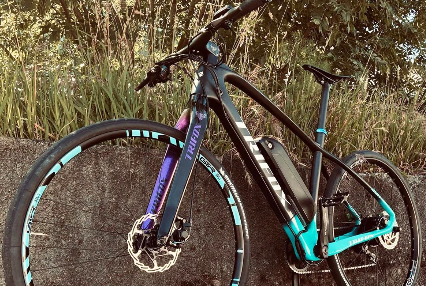As technology evolves, different bike components have also evolved. One of the most vital components of every bike is the hub, which is where the wheel is connected to the bike's frame. The hub has two types - freehub and freewheel. Although they both function similarly, there are essential differences between these two components that every cyclist should know.
Firstly, let's start by defining what a freehub is. A freehub is a modern hub design where the freewheel mechanism is built into the hub body. The Freehub mechanism consists of a ratchet mechanism that allows the cassette to rotate in only one direction while being held in place by the circular locking ring. The result of this mechanism is a more reliable and more efficient transmission system compared to freewheels. It also enables fast and straightforward cassette swapping, allowing riders to change gears more efficiently to adapt to various terrain and riding conditions.
On the other hand, a freewheel is a bicycle hub that has a ratcheting mechanism that's contained within. Compared to the Freehub, a freewheel can only accommodate a freewheel where the cogs and ratcheting mechanism are all part of one unit. When you remove a freewheel, you need to replace the whole unit. Freewheels were popularly used on road bikes and mostly used on bikes from the 1970s to the 1990s. They were replaced by the Freehub that provides smoother and more efficient power transfer.
Another significant difference between Freehub and Freewheel is the location of the hub bearings. In a Freehub, the bearings are located within the hub body, which means that any time that they require service, they can easily be accessed and adjusted. On the other hand, the bearings of a freewheel are situated inside the freewheel unit itself, making it more challenging to extract and replace. Freewheels are less efficient and less reliable compared to the Freehub.
It is also essential to note the compatibility of both Freehub and Freewheel. Freehubs allow for compatibility with cassettes of up to 11 speeds, which is quite impressive compared to freewheels, which only allow for cassettes with a maximum of seven speeds. The Freehub's larger diameter also makes it stiffer, making it a more durable hub system.
Lastly, the sound of freehubs and freewheels differ. Freehubs tend to make a quieter and softer sound compared to freewheels, which tend to make a distinct clicking sound when freewheeling or coasting. Some cyclists like to hear that clicking sound since it's a sign that the rear wheel is moving.

In summary, while both Freehub and Freewheel function to connect the wheel to the bike frame, they have significant differences. In terms of efficiency, reliability, and convenience, the Freehub takes the crown. It is more efficient, reliable, sturdier, and more compatible with various cassette speeds compared to the Freewheel. Therefore, if you're in the market for the best wheel hub for your bike, it's essential to consider the advantages and disadvantages of both Freehub and Freewheel before making a decision.






























































